
U.S. State Department Alters China Fact Sheet, Dropping ‘PRC’ Reference
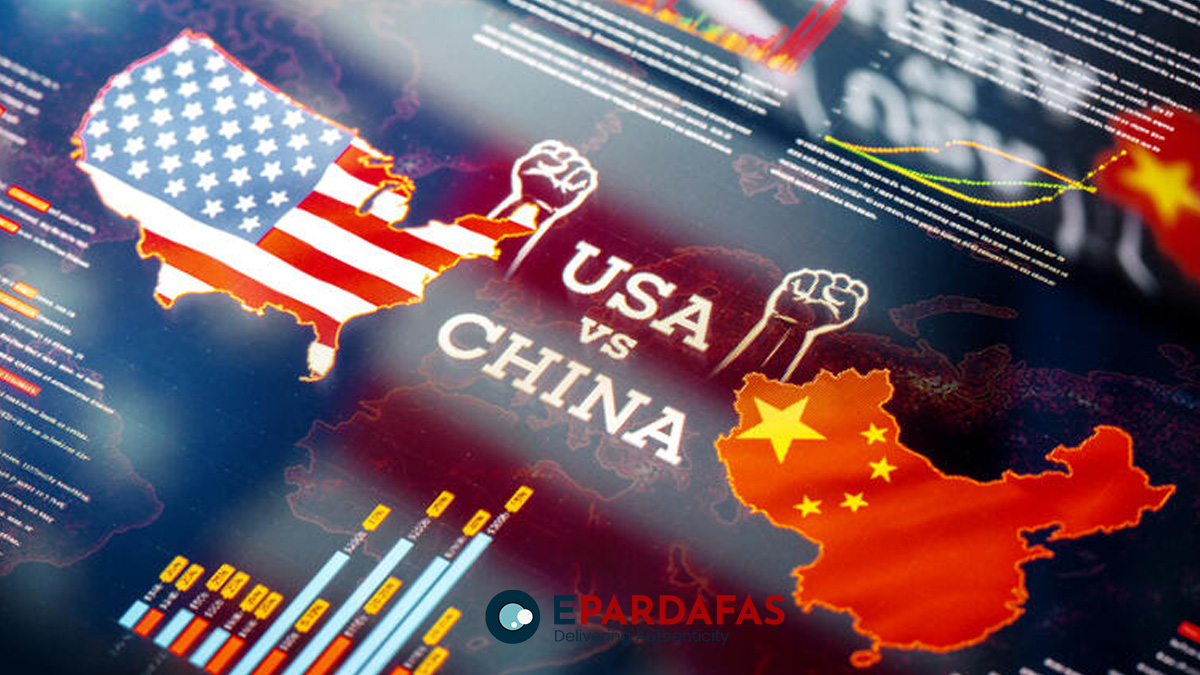
The U.S. State Department has revised its official country fact sheet on China, removing the phrase “People’s Republic of China (PRC)” and instead referring to the nation simply as “China.”
This change coincides with the department’s recent modification of its Taiwan fact sheet, which no longer includes a statement rejecting Taiwan’s independence. Together, these revisions suggest a shift in focus under the newly inaugurated Trump administration.
The updated fact sheet emphasizes strategic competition as the defining aspect of U.S.-China relations. Under the Biden administration, the document explicitly framed this competition in relation to the “People’s Republic of China (PRC).” The omission of the formal name signals a potential change in diplomatic tone.
Historically, Washington’s diplomatic agreements with Beijing—including the three communiqués issued in 1972, 1979, and 1982—have referred to China as the PRC. However, it remains uncertain whether future State Department documents will follow this naming convention. Notably, readouts of recent calls by Secretary of State Marco Rubio with Chinese Foreign Minister Wang Yi and Philippine Foreign Secretary Enrique Manalo still referenced “PRC” rather than spelling out “China.”
A State Department spokesperson, responding to inquiries from Nikkei Asia, stated that the updates reflect the Trump administration’s policy priorities. “The Department of State routinely updates its website and fact sheets. The China fact sheet was updated to reflect the current administration’s policies and priorities as they relate to China and the U.S.-China relationship,” the spokesperson said.
The revised document also reflects a shift in emphasis. The previous administration’s version highlighted cooperation with allies to confront China “from a position of strength.” The new wording states that U.S. engagement with China will be based on “reciprocity and fairness.” Additionally, references to U.S. assistance efforts in China—such as preserving Tibetan culture, environmental support, and legal reforms—have been removed.
Meanwhile, the fact sheet’s section on bilateral economic relations has been significantly expanded, now noting that the U.S. goods and services trade deficit with China reached $252 billion in 2023. It also criticizes China’s economy as “one of the most restrictive investment climates in the world.”
The document takes a notably tougher stance on cybersecurity threats, stating that Washington is committed to “countering the Chinese Communist Party’s (CCP) malicious cyber activity against the U.S. government.” The CCP is directly referenced three times in the new fact sheet, a departure from the Biden-era version, which avoided direct mentions of China’s ruling party.
Beijing has reacted strongly to the changes. Chinese Foreign Ministry spokesperson Guo Jiakun condemned the revisions, accusing Washington of “distorting the truth, denigrating China’s foreign policy, and advocating the so-called U.S.-China strategic competition.” He urged the U.S. to uphold “important consensus” reached between President Trump and Chinese leader Xi Jinping, warning against misleading rhetoric and undue pressure on China.
The State Department’s decision to remove language explicitly rejecting Taiwan’s independence has also sparked reactions from both Taipei and Beijing. Taiwan’s Foreign Minister Lin Chia-lung welcomed the revision, interpreting it as a sign of strengthened U.S.-Taiwan relations. In contrast, China’s Foreign Ministry denounced the change, calling it a “serious regression” and demanding its reversal.
A Trump administration official, speaking to Nikkei Asia on condition of anonymity, downplayed the removal of the Taiwan statement, arguing that other portions of the fact sheet—such as the U.S. stance against unilateral changes to the status quo—are sufficient to convey Washington’s position.
As these diplomatic signals unfold, the revised fact sheets offer insight into how the Trump administration plans to recalibrate U.S. policy toward both China and Taiwan in the coming years.
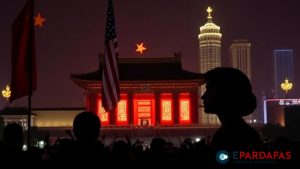


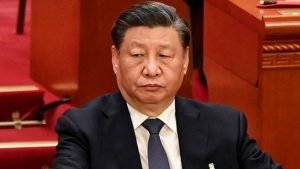
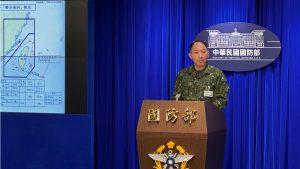
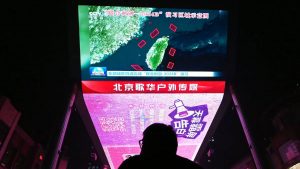






Comments